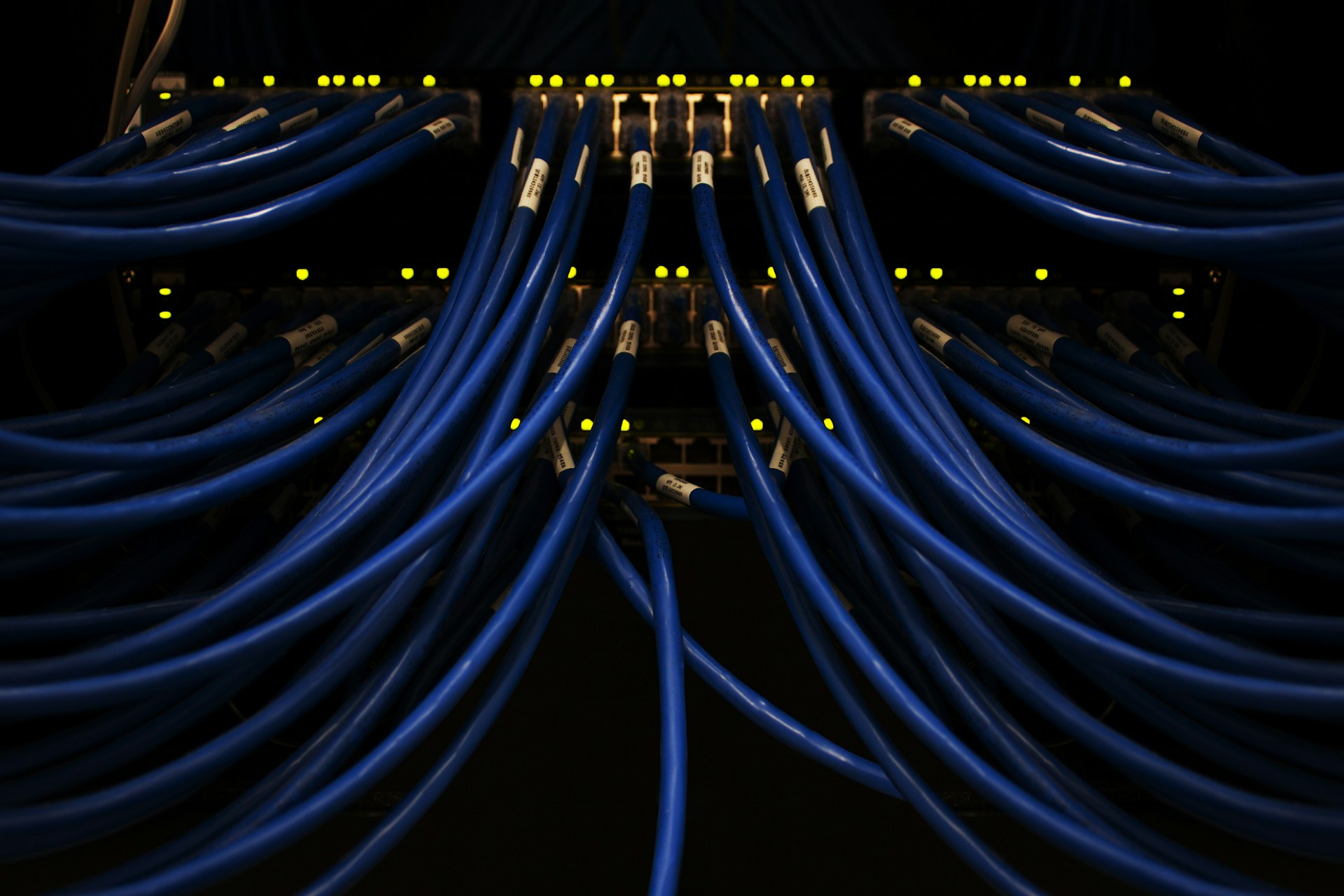Let’s keep this casual: OpenAI, the brains behind ChatGPT, is exploring other cloud providers—and that’s raising eyebrows around Microsoft. They’re not leaving completely, but they’re clearly looking elsewhere for support. Here’s what’s happening:
1. OpenAI Taps Google (and Others) for Extra Compute Power
OpenAI has long leaned on Microsoft’s Azure for cloud infrastructure. But now they’re adding Google Cloud into the mix, securing additional computers to meet soaring demand. This move, wrapped up in May, signals a shift to reduce dependence on Microsoft.
2. It’s Not a Clean Break—More Like Diversified Options
Microsoft didn’t get pushed out. Instead, there’s a revised deal: Azure still has “first refusal” rights, meaning Microsoft gets the chance to supply computers first—but if it can’t, OpenAI is free to look elsewhere.
3. OpenAI Finally Live on AWS
For the first time ever, AWS now offers OpenAI models through its services like Bedrock and SageMaker—giving enterprises new ways to build with OpenAI’s tech. Azure is still OpenAI’s biggest partner for now, but this opens up new paths.
4. Why It Matters
Demand for AI computers is exploding—and it’s not just about corporate rivalries. OpenAI’s expansion to Google, Oracle (via the Stargate project), CoreWeave, and now AWS reflects the need for capacity, redundancy, and flexibility.
TL;DR – Bottom Line
OpenAI is hedging its bets. Microsoft remains a key ally, but OpenAI’s new connections with Google, AWS, and others signal a push for greater independence—and massive scalability. For Microsoft, that spells both disruption and opportunity, depending on how the next chapter unfolds.



